With all the discussion of what planting mix is bestÂ, the importance of aeration, claims that this or that mix Âworks well etc. it appears to me that a lot of this discussion is quite subjective. One person will grow a plant in a potting mix that is mostly or entirely compost. Another will purchase a peat based mix in a bag from the store. Another will make their own mix from a bewildering array of ingredients. It isnÂt difficult to find someone saying the results they got from their chosen mix were ÂterrificÂ.
I figured there must be some solid research out there that was conducted under controlled conditions that would show the effect of media air porosity (the amount of air the media holds in the open air spaces between particles) on plant growth/vitality. If I could establish the point at which media air porosity resulted in decreased plant vitality/growth this would form a solid, objective basis on choosing or making a potting mix.
What follows is some of the information I have found which tells me that a mix maintaining an air porosity of 15% or higher generally results in a mix where skill of the grower will have a more pronounced affect on plant growth and a mix maintaining an air porosity lower than 15% is a mix where the media itself will limit plant growth more than grower skill. How do I arrive at this 15% number? I admit upfront that there is room for disagreement on this number. Those growing plants very sensitive to over watering might cringe at using a mix with such an air porosity. Such people would likely argue for a higher percentage of air porosity than 15% as a practical minimum. 15% air porosity is what I consider the minimum air porosity, not the ideal.
In the book "The Role of Organic Matter in Modern Agriculture" which can be searched online here air porosity should be above 10%. (Bottom of page 264) with higher values preferable. In other words 10% is the bare minimum air porosity acceptable. I have found this 10% figure consistently in the material I have read concerning air porosity and plant health. Below 10% plants simply start to die due to oxygen starvation with the grower able to do nothing to correct the problem short of a repot in more suitable media.
In this study of container media by North Carolina university researchers 4 mixes were tested.
The air porosity of those mixes was 12.2% to 18.3%. This study was meant to evaluate the performance of compost based media in containers for nursery purposes. Aeration in each mix was increased via a higher percentage of pine bark compared to compost. I use this research because I know there is interest in using compost in containers. While I do not recommend it, that is exactly what was done in this study and thought it would be of interest to those so inclined.
The conclusion the researchers reached (page 106) was less growth occurred in the 100% compost (12.2% air porosity). The compost benefited from the addition of pine bark and related to plant growth benefited greatest with the addition of 3 parts pine bark to 1 part RT Compost (18.3% air space).
Most of the research I have seen seems to regard air porosity between 10-30% as ÂacceptableÂ. All of the research I have seen shows plant vitality improved as air porosity increases.
While I am using the 15% air porosity figure as the baseline of what is acceptable, this doesnÂt mean that higher values wonÂt produce improved plant response. The above study demonstrated best growth at 18.3%, the highest air porosity tested. Also, some people using a mix maintaining 12% air porosity might be happy with the results they get. This is the subjective part. Overall though 15% seems a reasonable number as a practical minimum using objective criteria. Feel free to read the linked material (and do other independent research) and come up with your own value that is the lowest air porosity acceptable. I use 15% because in the studies I read there is always a significant difference between potting mixes above and below 15% air porosity or thereabouts. Higher is better. I will also note that watering practices must be paid careful attention to in the mixes with lower air porosity. From the above study you will find this on page 104: "This suggests that in regard to Physical Properties all four substrates could be used to produce plants in containers if irrigation management was tailored to the substrate where excessive watering which could reduce air space below desired ranges was avoided." In other words, the lower the air porosity the easier it is to over water and experience the ill health effects associated with over watering.
Using compost in a container results in an air porosity of 10-13% overall. Peat dominant mixes are usually in the range of 14-17% and bark dominant mixes are 18-35% With the bark dominant mixes the air porosity is largely dependent upon the particle size of the other ingredients. Using small particle ingredients with the bark will reduce air porosity as those smaller particles fill in the spaces between pieces of bark.
For me compost is not acceptable in container culture as it simply doesnÂt maintain sufficient air spaces for good plant vitality. Peat based mixes are acceptable to me for single season plantings, but a bark based mix would always be preferable to both as it has better air porosity and is more forgiving of those whose watering practices are a bit ÂheavyÂ.
Another factor in why a bark based mix is preferable to me is how long the air porosity will be maintained. Compost, peat and bark will all break down into smaller particles over time reducing the air porosity. This can be seen with the eyes. Observe the potting mix level in the container at the start of the season and at the end. The degree to which the level lowers indicates the rate at which the ingredients are collapsing and air spaces being filled in. The rate at which these 3 ingredients break down is not the same. Compost breaks down the fastest, then peat and then bark. Not only does bark offer better initial air porosity, it will maintain higher air porosity values longer than the other two. A peat based mix may start out at or above 15% air porosity, but by the end of the season it will be lower. This is why I can only regard them as suitable for a single season. Personally I don't use them for anything any longer.
Getting back to the subjective, this doesnÂt mean some growers wonÂt be happy with plant performance in compost based media and it doesnÂt mean there wonÂt be growers happy with the results they get reusing a peat based media for 2 or 3 years. What it does mean is that objectively speaking, plant vitality and media air porosity are directly related. For me, I regard 15% air porosity as a practical minimum for a container mix and I prefer a mix I donÂt have to dump after a single season.
For those interested, air porosity and other media attributes can be calculated at home. Cornell University has a pretty straightforward method. http://www.hort.cornell.edu/department/faculty/good/growon/media/poros2.html Beware: Some math will be required ;-)
I hope this will be of some help. I don't consider what I have written to be 'the final answer'. I wrote this primarily for myself and then adapted it for this forum. I wanted something I could refer to and others could discuss that would provide some sort of objectivity when discussing various ingredients as a basis for a potting mix and how they relate to air porosity and longevity.
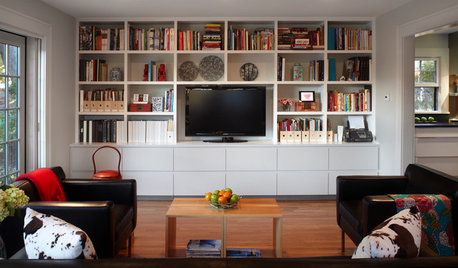
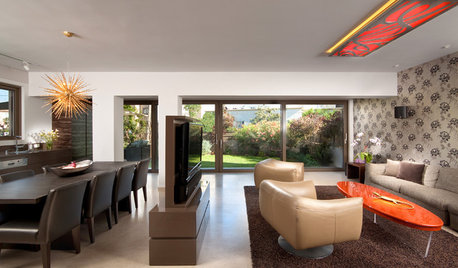

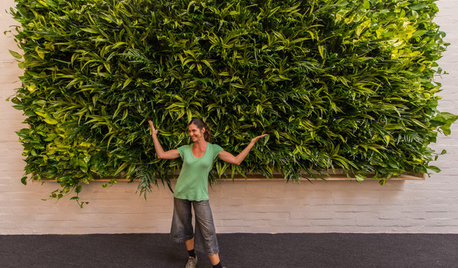
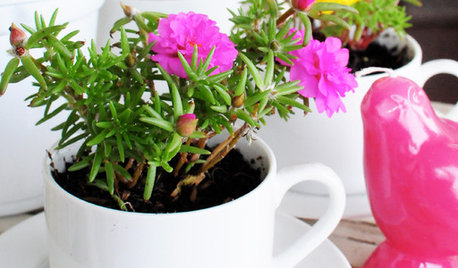
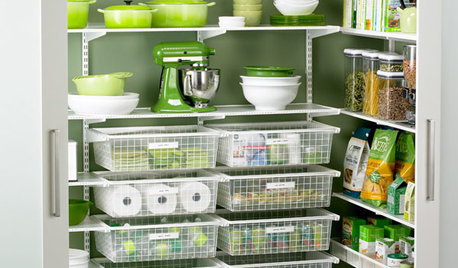
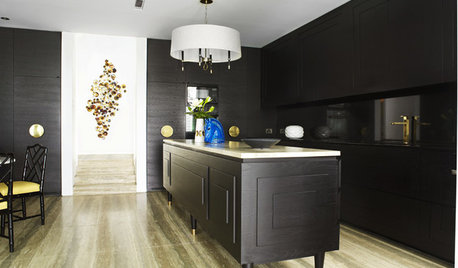
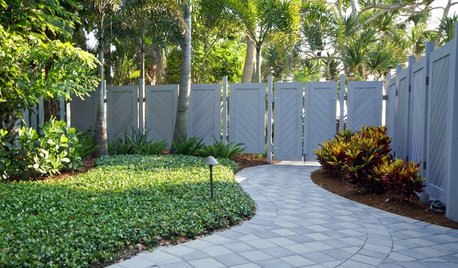
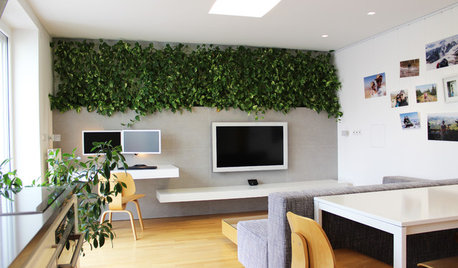
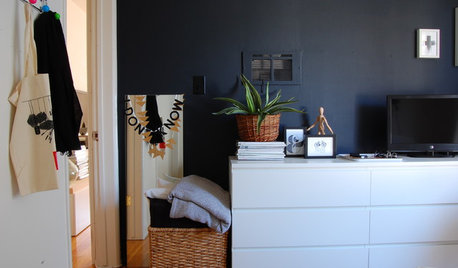





emgardener
justaguy2Original Author
Related Discussions
Container soils and water in containers III
Q
Container Gardening for Vegetables
Q
Aeration porosity question
Q
Container Soils - Water Movement and Retention 4/11/20
Q
lucillle
tapla (mid-Michigan, USDA z5b-6a)
justaguy2Original Author
grandma44
justaguy2Original Author
rdak